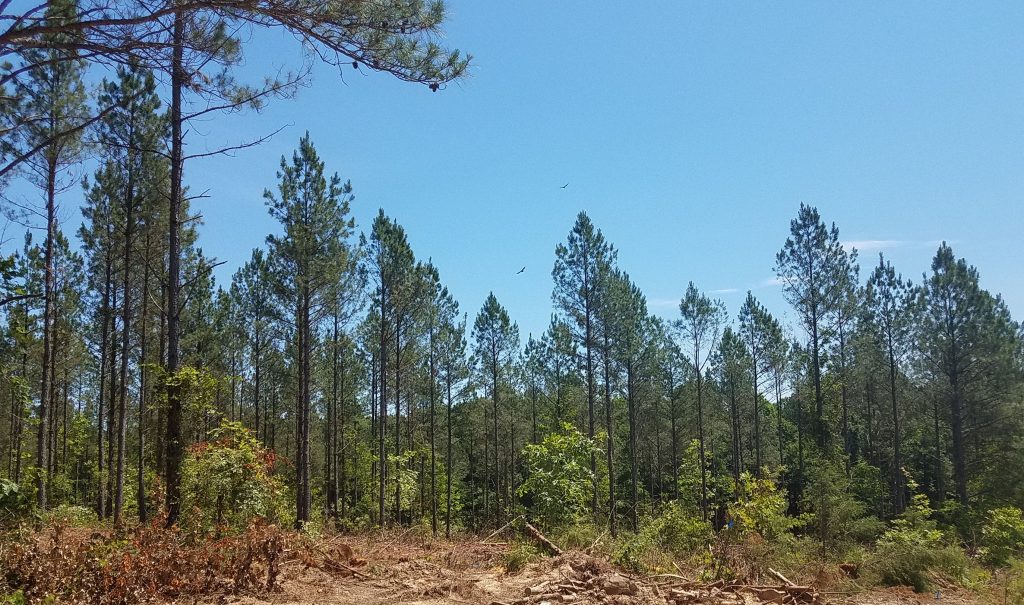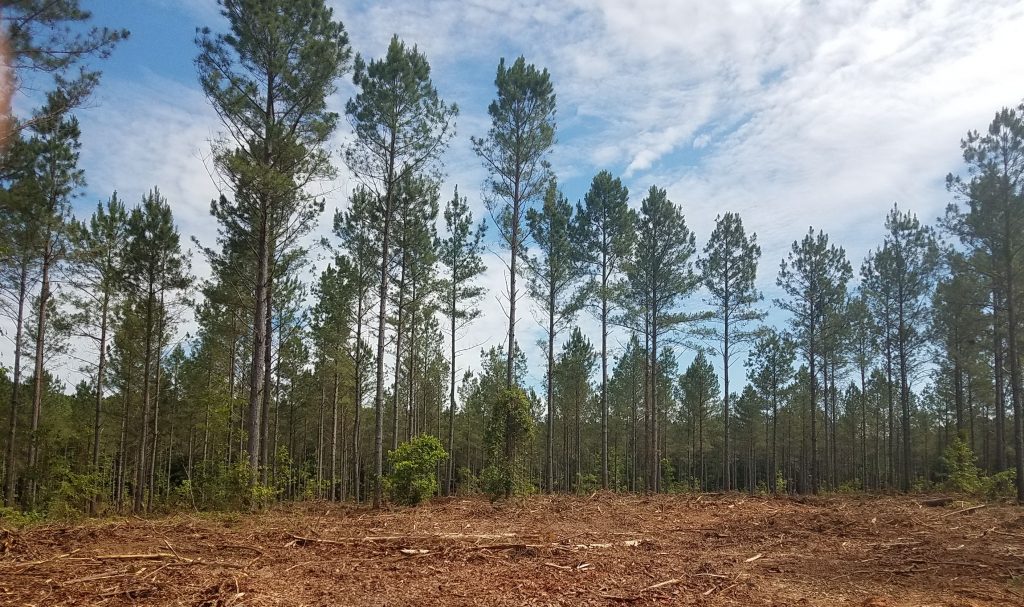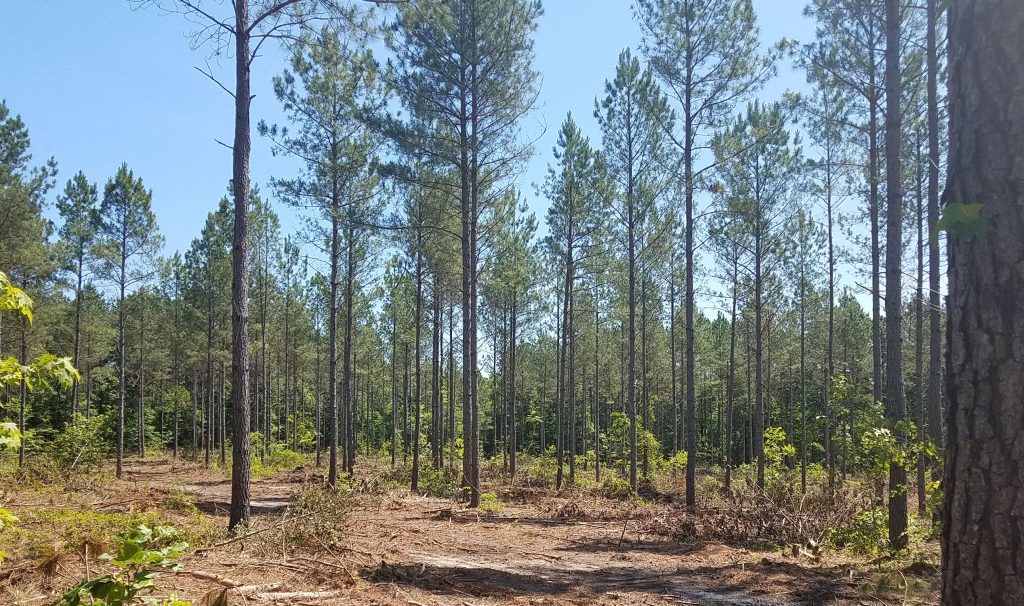
I dislike how it looks right after a harvest and I should probably avoid it for a little while, but I must look. I know this is a necessary step and it will be better soon. On the plus side, I think it is looking like the widely spaced ponderosa pine I like so much in the west and I know it will be great wildlife habitat in as little as weeks. I want it to have an herbaceous, grassy ground cover like is developing under the longleaf shown in picture.

In the next couple weeks my friend Scott Powell will plant pollinator habitat on loading decks. For the record, this is the list of the types of plants in “pollinator habitat” plantings in Virginia, in case somebody else wants to plant such things – Little bluestem, splitbeard bluestem, purple top (NC or VA ecotype), bearded beggartick, lanceleaf corepsisis, Indian blanket, partridge pea, evening primrose, black eyed Susan, narrow sunflower, purple coneflower & eastern showy aster. The seeds will spread into the woods.
To remind about the overall plan – We thinned 80 acres of 22-year-old loblolly pine to 50 basal area. We also made clearings of around a quarter acre in each acre, i.e. twenty of them. We will plant longleaf into these clearings. They will grow into what foresters who work on longleaf call “domes” because the trees in the middle grow faster than those near the edges, where they get less sun.
Reference on ecological forestry


